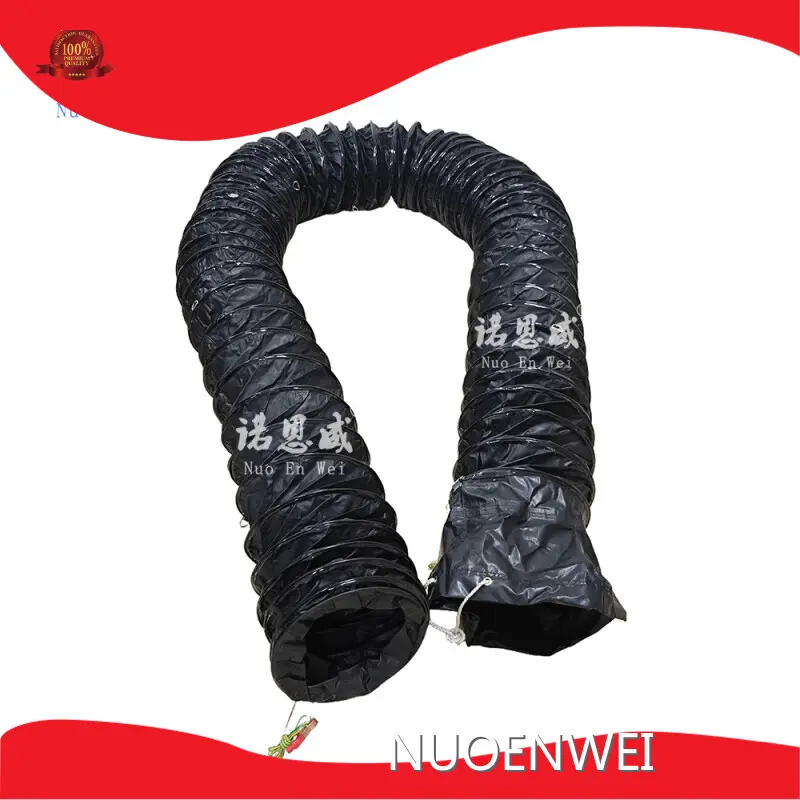Insulated Ac Duct Please Check with Us Before Placing Order by NUOENWEI
Product Overview
### Summary of "Insulated Ac Duct by NUOENWEI"
Product Features
**Product Overview**:
Product Value
The Insulated AC Duct by NUOENWEI is designed with a focus on high-quality standards and efficiency in mind. It features an anti-static design, making it suitable for demanding industrial environments. The duct is constructed from flame-retardant materials and can be customized in terms of size and specifications, ensuring adaptability for various applications.
Product Advantages
**Product Features**:
Application Scenarios
Key features include the use of Class B flame retardant polyvinyl chloride and high carbon spring steel, a diameter range of 100mm-1500mm, thickness options from 0.4mm to 0.65mm, and lengths of 5m and 10m (with custom lengths available). The duct operates efficiently within a temperature range of -15℃ to 80℃ and is designed to be connected via belts or PP rope.
**Product Value**:
The insulated AC duct offers economic benefits by reducing maintenance costs due to its durable materials and construction, leading to an extended product lifespan. Its compliance with international environmental standards also reflects a commitment to sustainable practices, thus providing value in both commercial and environmental terms.
**Product Advantages**:
- **Effective Static Discharge**: Quickly eliminates static electricity to prevent electrostatic discharge risks.
- **Durability**: Designed to withstand harsh conditions, ensuring long-term stability.
- **Flexible Installation**: A modular design allows for easy installation and customization.
- **Enhanced Safety**: Protects both equipment and employees from static-related hazards.
- **Cost Efficiency**: The robust design reduces maintenance frequency and overall costs.
**Application Scenarios**:
The insulated AC duct is suitable for a variety of environments, including:
- **Electronic Manufacturing**: Prevents electrostatic discharge during component assembly.
- **Clean Rooms**: Maintains standards by minimizing dust and static in sensitive settings.
- **Chemical Industry**: Reduces static risks in chemical processes.
- **Automated Production Lines**: Ensures stable operation of equipment in high-tech environments.
- **Laboratories**: Safeguards the accuracy of experimental results by preventing static interference.
- **Printing and Packaging**: Enhances product quality by mitigating static issues.
- **Automotive Manufacturing**: Protects electronic systems during vehicle assembly.
- **Maintenance Centers**: Ensures safety for technicians and equipment.















